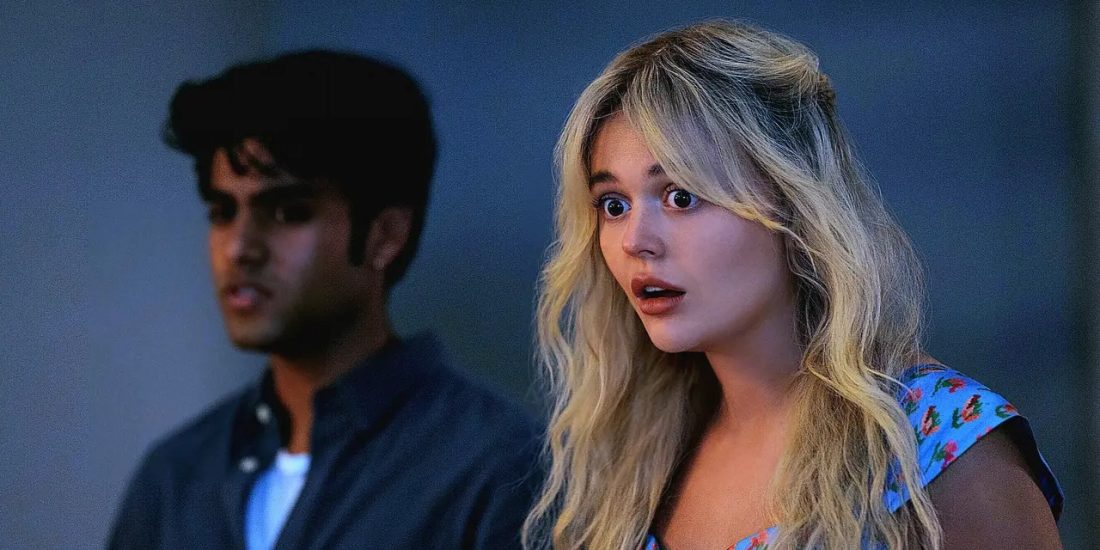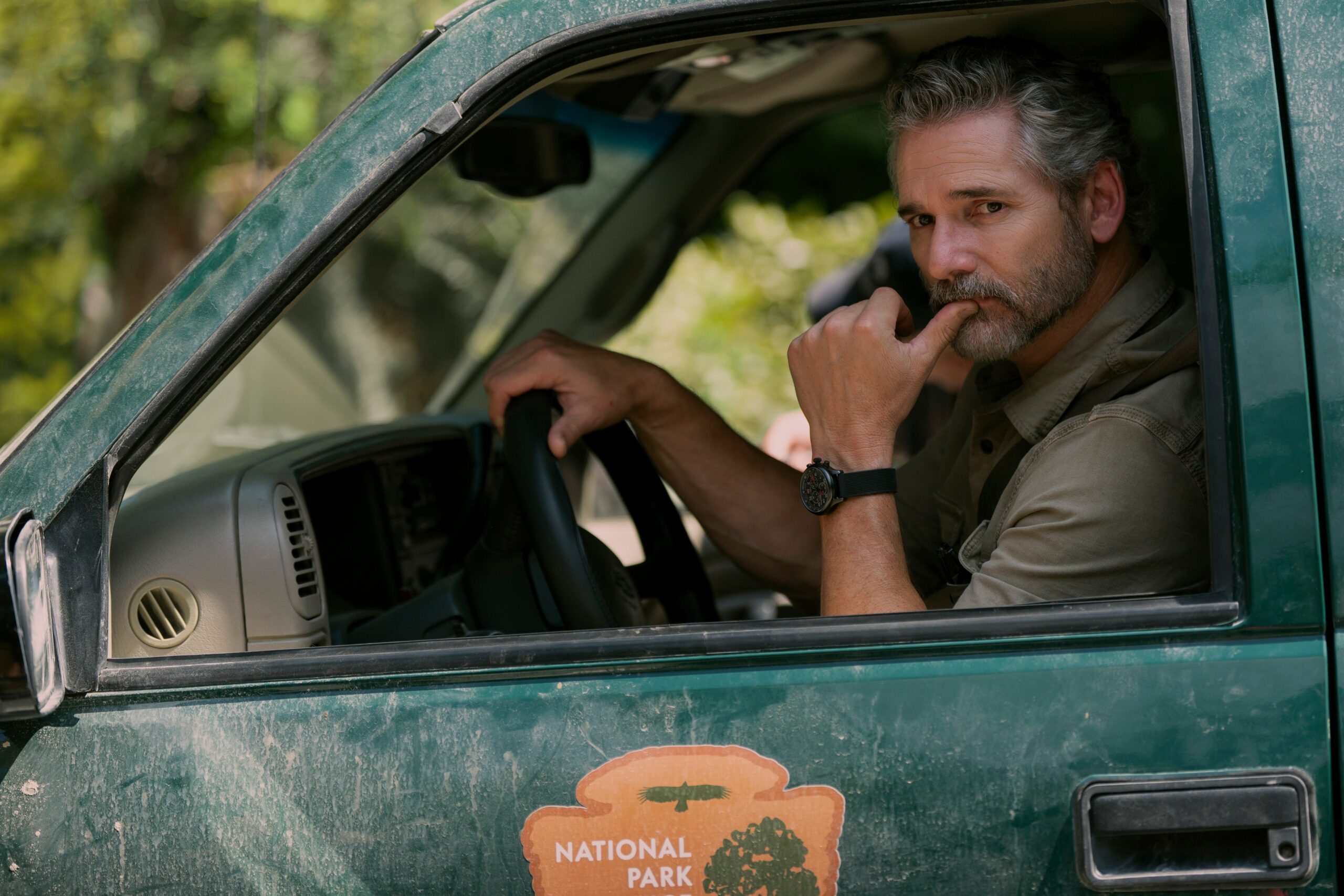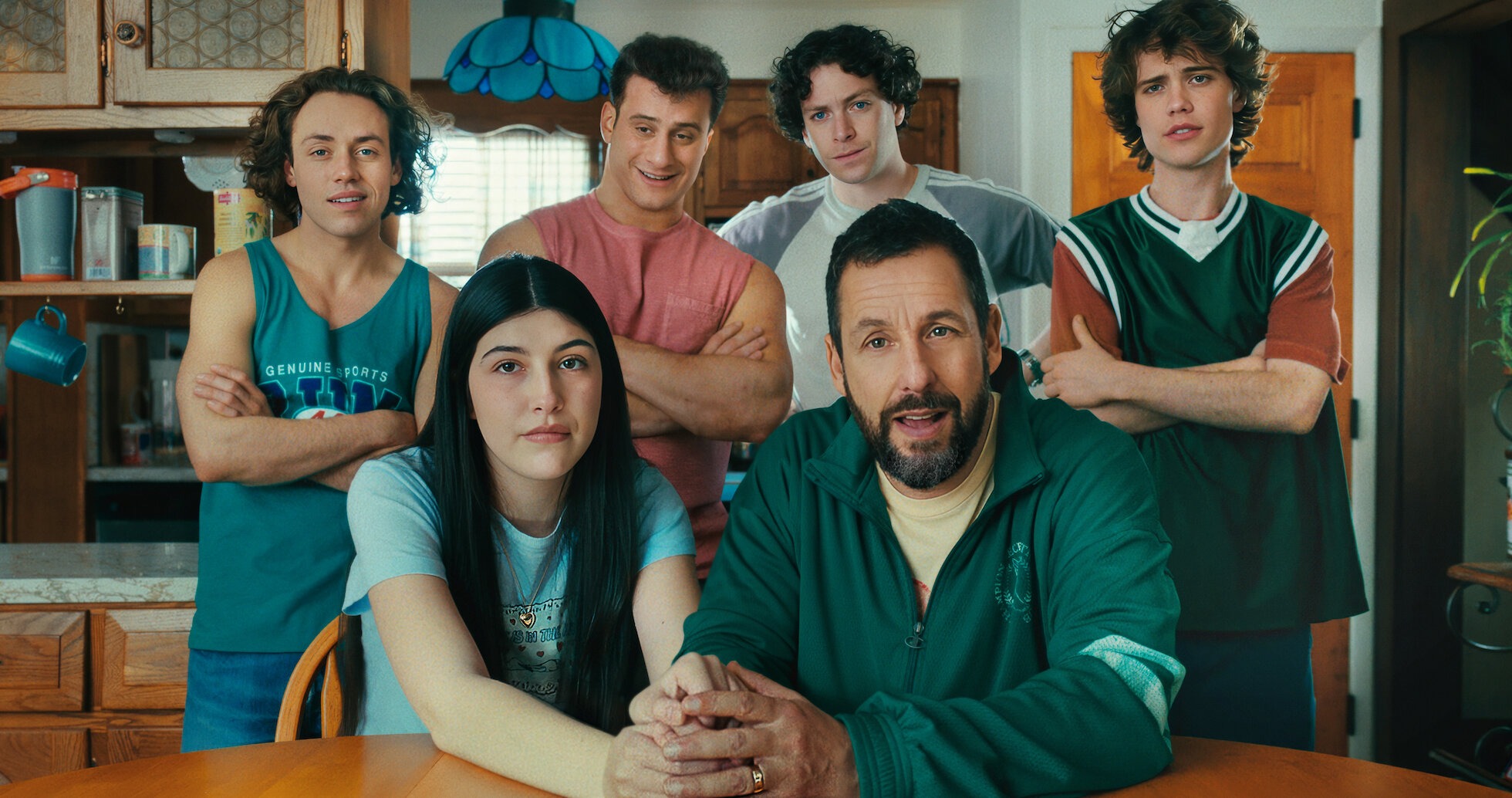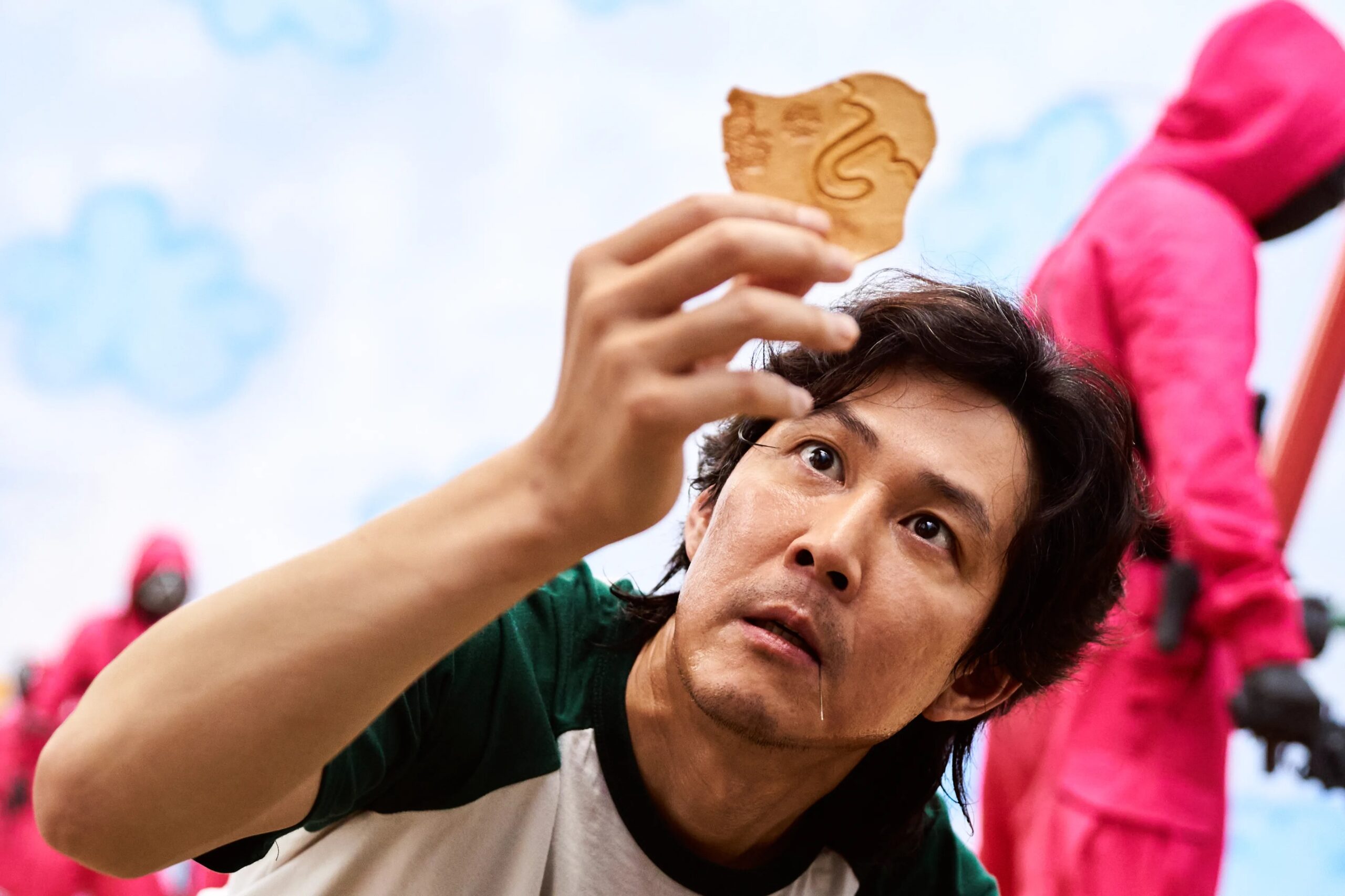Emily Jenkins writes children’s picture books, but her alter ego—We Were Liars author E. Lockhart—shatters hearts for a living.
Since 2014, Lockhart has lured millions of readers onto Beechwood Island only to yank the rug out from beneath them with We Were Liars’ still‑infamous twist.
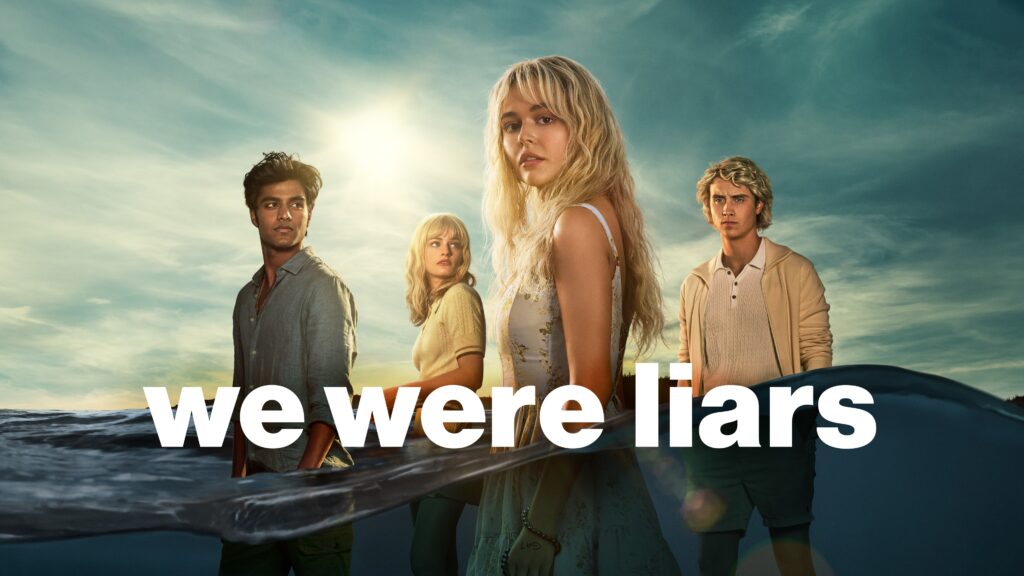
A decade later, TikTok resurrected the novel, Prime Video green‑lit the series, and Lockhart added two more installments (Family of Liars and the forthcoming We Fell Apart) to create what fans call “the Sinclair Saga.”
Below, we trace how We Were Liars author E. Lockhart turned one YA thriller into a full‑blown multimedia universe—and why she says the secret to surprising readers is learning how to lie.
From Columbia PhD to YA Plot Assassin
Lockhart earned a doctorate in nineteenth‑century British literature but ditched academia when she realized the tenure track meant decades of deconstruction instead of creation.
“I wanted to tell stories, not just unpack them,” she recalls. Under her birth name Emily Jenkins she published whimsical children’s titles like A Fine Dessert, yet an itch for darker terrain pushed her into YA.
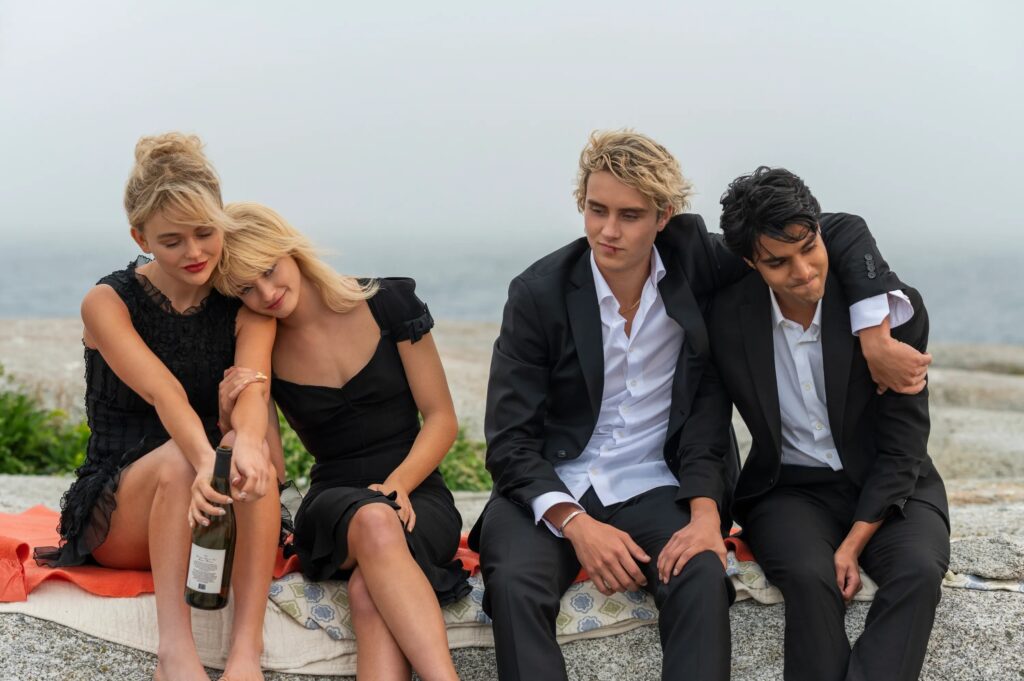
As We Were Liars author she channeled scholarship on unreliable narration—think Dickens’ Great Expectations—into a sun‑drenched nightmare about privilege, grief, and selective memory.
Crafting the Original Twist
Lockhart spent nine months storyboarding We Were Liars on index cards, color‑coding scenes between two timelines.
The guiding rule: every line must function in two ways—innocuous on first read, devastating on reread.
She tested the manuscript on trusted early readers and looked for one reaction: “WTF?” When strangers began throwing paperbacks across rooms in 2014, she knew the gambit landed.
TikTok Resuscitates the Book
During 2020 lockdowns, BookTok creators transformed Liars into an aesthetic: cliff‑dives, bonfire slow‑mos, and duets of mascara‑streaked teens sobbing through the final pages.
Sales exploded, propelling the eight‑year‑old novel back onto best‑seller lists. We Were Liars author greeted the whirlwind with humility—and strategic silence: “Writers who doom‑scroll their own reviews will paralyze themselves.”
Adapting to Prime Video
Hollywood courted Beechwood for years. An initial feature stalled, then another streamer tried a series. Ultimately Julie Plec (The Vampire Diaries) and Carina Adly MacKenzie (Roswell, New Mexico) convinced Lockhart by agreeing to show‑run and preserve the emotional gut‑punch.
The writer served as executive producer, joining a 10‑week mini‑room to define core themes—wealth’s moral rot, the ache of first love, the cost of silence—before bowing out to draft novels. She returned to pen the finale herself, scripting the firestorm reveal and a barefoot beach escape that mirrors the novel’s last page.
Protecting the Twist in an Age of Spoilers
With the series drop, Lockhart revives the “Liars Lie” campaign: fans who already know the ending are urged to misdirect newbies. “You’re in the club now,” she says. “Your job is to protect their shock.” She trusts human nature over spoiler culture: readers want catharsis, not cheat codes.
Expanding the Sinclair Universe
Family of Liars (2022)
A prequel set in 1980s Beechwood, narrated by Cadence’s aunt Carrie. The novel reframes matriarch Tipper’s legacy and seeds Easter eggs later echoed in the show’s mid‑credits scene—Johnny’s ghost consoling his mother.
We Fell Apart (November 2025)
Lockhart’s newest entry features a fresh cast on neighboring Martha’s Vineyard but promises “Sinclair cameos and secret files.” She teases buried endnotes—literal footnotes that link back to Liars clues.
Themes That Transcend YA
- Complicity of Privilege – Gat’s outsider lens exposes casual racism, class gatekeeping, and colonial echoes in the Sinclair estate.
- Memory as Self‑Defense – Cadence’s amnesia symbolizes how families rewrite history to avoid accountability.
- Mythic Structure – Lockhart overlays fairy‑tale asides (Beast princes, Dragon daughters) to frame the Sinclairs as modern folklore warning against greed.
On Writing Painful Endings
Asked why she breaks readers’ hearts, We Were Liars author quotes Oscar Wilde: “The heart was made to be broken.” She argues YA deserves complexity: “Teens confront death, addiction, climate dread—fiction shouldn’t baby them.” Nonetheless she offers hope: Cadence rowing away signals possible reinvention.
Advice for Aspiring Twist Architects
- Start at the end. Know your reveal cold.
- Layer misdirection. Every sweet scene should hide a shard of glass.
- Trust the reader. Teens detect preaching; let them assemble the puzzle.
What’s Next for the We Were Liars Author
Lockhart has piloted two suspense series (unproduced) and now fields show offers for Family of Liars. She keeps a “spoiler wall” of Post‑its dividing TV canon from book canon to avoid timeline chaos. Her dream collaboration? “A Greta Gerwig summer tragedy—sunshine, secrets, and existential dread.”
Final Takeaway
Ten years after Beechwood set ablaze, We Were Liars author E. Lockhart reignites the bonfire—this time on screen, on TikTok, and in a growing library of interconnected novels.
Whether you’re a first‑time visitor or a repeat liar scribbling theories in the margins, remember the family motto: If anyone asks you how it ends, just smile … and lie.
We Were Liars Author E. Lockhart: Building a Multiverse of Secrets, Sinclairs, and Shocking Twists

